METROM’s
Blog
METROM’s
Blog
How to Optimize CNC Machine Milling Efficiency: Insights from Industry Data
The optimization of CNC machine milling efficiency is crucial in today’s competitive manufacturing landscape, where precision and speed dictate profitability. According to a recent industry report by Market Research Future, the CNC machine market is projected to reach $100 billion by 2025, with a significant portion driven by advancements in milling technology.
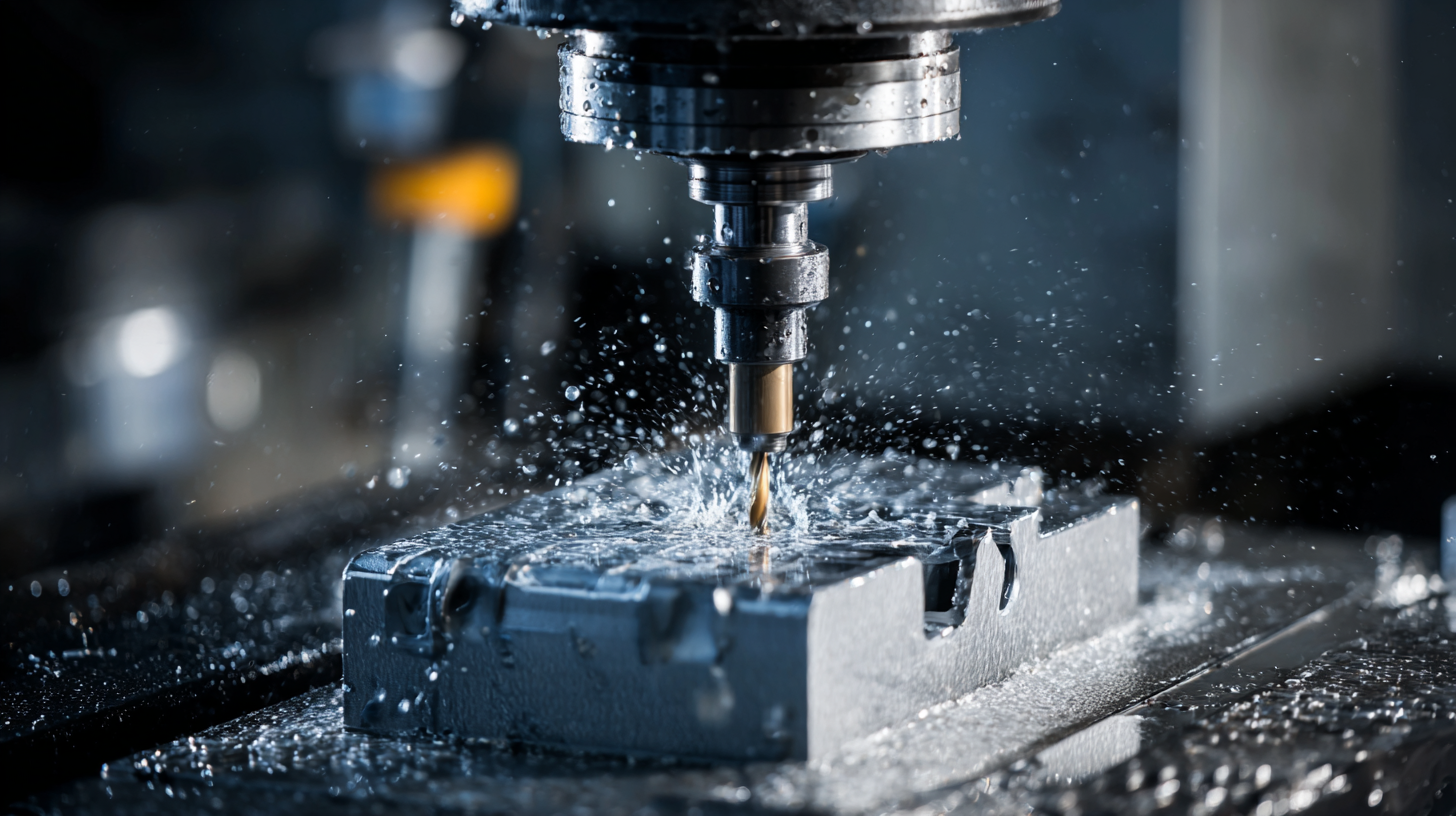
As manufacturers strive to enhance productivity, adopting innovative strategies for managing the CNC machine milling machine has become paramount. Data highlights that optimized milling processes can reduce cycle times by up to 30%, while also increasing tool life by 20%, leading to substantial cost savings. Understanding the interplay between various milling parameters and operational practices can empower businesses to maximize their output, capitalize on available resources, and ultimately achieve a robust return on investment.
This article delves into actionable insights drawn from industry data, aiming to guide manufacturers in refining their CNC machine milling efficiency.
Strategies for Selecting the Right CNC Tooling to Enhance Milling Performance
When it comes to optimizing CNC milling efficiency, selecting the right tooling is paramount. The choice of tools can significantly influence production speed, surface finish, and overall operational costs. Recent studies highlight various factors affecting tool performance, including dynamical spindle speed control, which can enhance tool life and reduce machining time during the milling of complex shapes. Understanding these dynamics enables manufacturers to choose tools that align with their specific machining requirements.
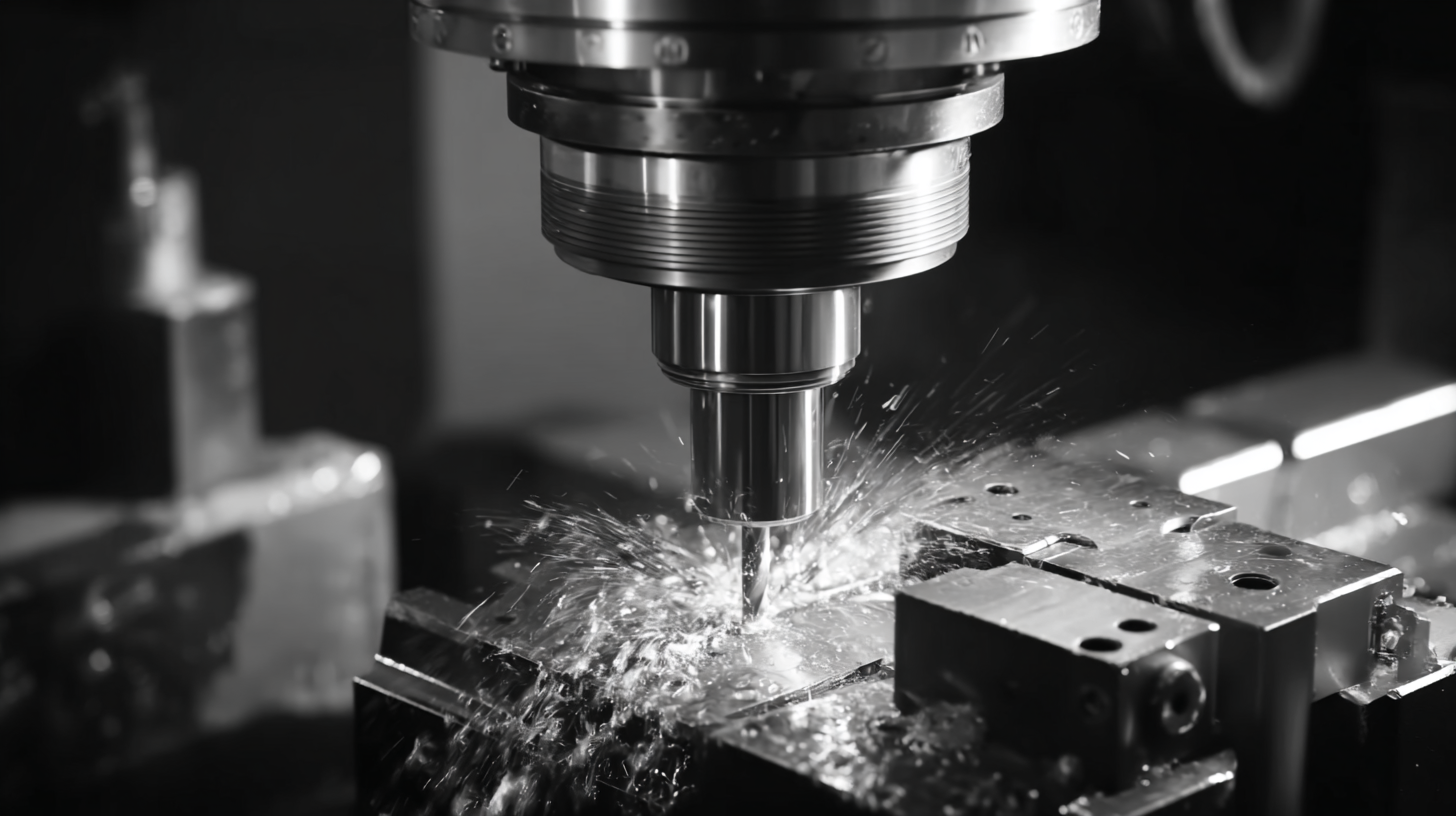
Tips for Selecting CNC Tooling:
1. Consider the material being machined, as different substrates require tailored cutting tools to maximize efficiency.
2. Utilize advanced technologies, such as sensor data analysis, to inform tooling decisions and enhance performance outcomes in real-time.
3. Evaluate lubrication and cooling techniques to prevent overheating and wear, ultimately extending tool lifespan and ensuring consistent performance.
By adopting a strategic approach to tooling selection, manufacturers can achieve not only energy efficiency but also enhanced milling performance, allowing for greater productivity and cost-effectiveness in their operations.
Analyzing Feed Rates: How Adjustments Can Lead to Significant Time Savings
Adjusting feed rates in CNC machine milling can dramatically enhance operational efficiency and reduce production time. Recent industry data suggest that optimizing feed rates may lead to time savings of up to 30%, thereby significantly impacting overall profitability. By closely analyzing historical trends, manufacturers can identify optimal feed rates that balance speed and quality, minimizing the wear on tools while maximizing throughput.
Tips: Start by conducting a thorough analysis of your machine's capabilities and the materials being processed. Utilizing real-time monitoring systems can provide insights into how changes in feed rates affect not only the milling efficiency but also the finished product quality. Additionally, consider the integration of adaptive feed rate technology; it dynamically adjusts the feed based on real-time conditions and can lead to substantial time savings.
Furthermore, benchmarking against industry reports reveals that even minor adjustments to feed rates can lead to significant improvements. For instance, an industry report indicates that fine-tuning the feed rate can increase tool life by an average of 20%, ultimately translating to lower operational costs. By leveraging such insights, manufacturers can strategically set feed rates to achieve optimal performance without compromising quality.
The Role of Workpiece Material in CNC Milling Efficiency: Key Insights from Industry Data
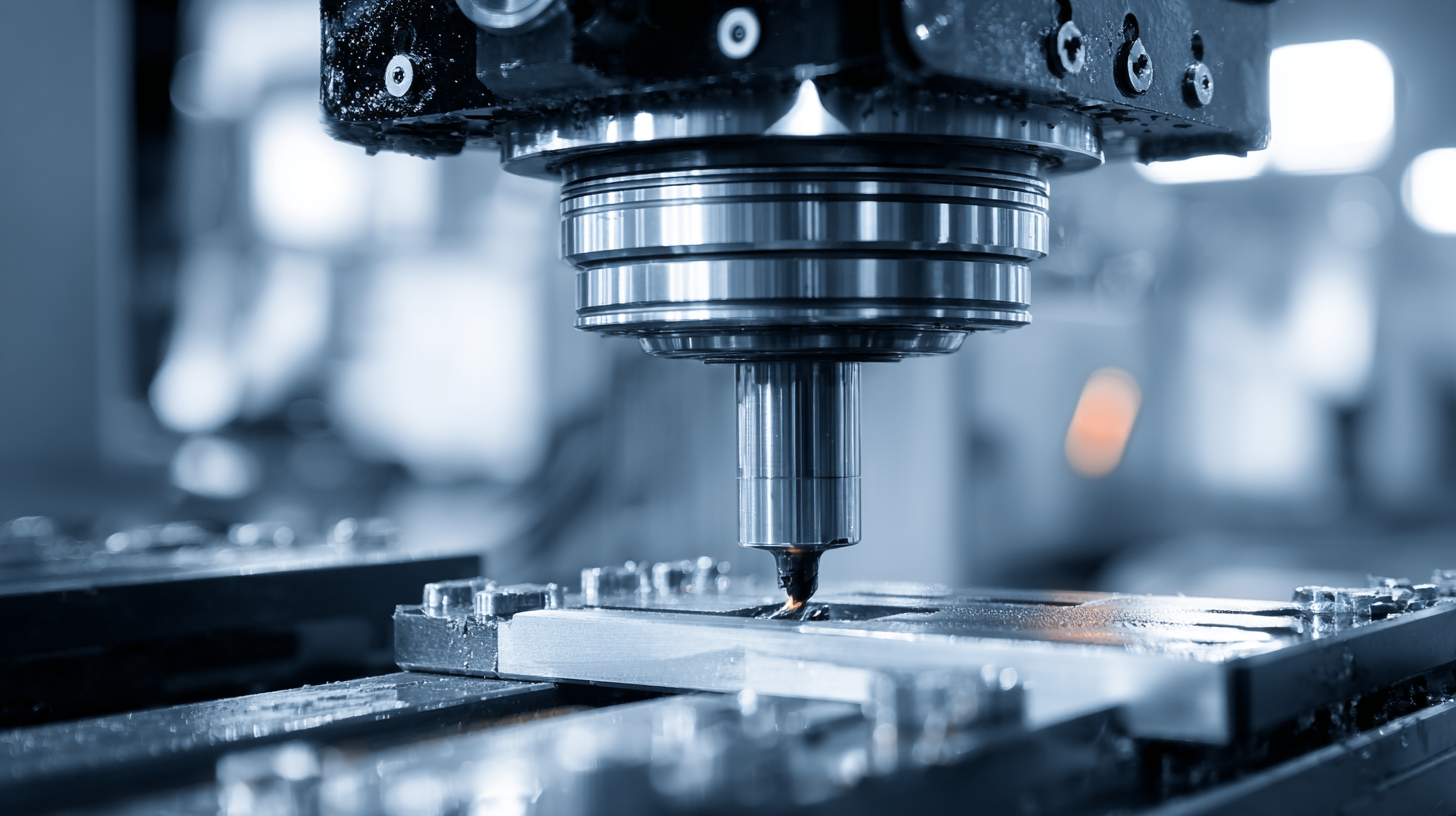 When optimizing CNC milling efficiency, the workpiece material plays a crucial role. Different materials exhibit varying properties that affect machining performance. For instance, a recent report indicated that the global CNC router machine market is expected to grow at a CAGR of 3.5% from 2024 to 2030, reflecting an increasing demand for materials that can sustain high-speed cutting and precision. Understanding the specific characteristics of materials—such as hardness, thermal conductivity, and machinability—can help manufacturers select the most suitable milling parameters, ultimately enhancing productivity and minimizing wear on cutting tools.
When optimizing CNC milling efficiency, the workpiece material plays a crucial role. Different materials exhibit varying properties that affect machining performance. For instance, a recent report indicated that the global CNC router machine market is expected to grow at a CAGR of 3.5% from 2024 to 2030, reflecting an increasing demand for materials that can sustain high-speed cutting and precision. Understanding the specific characteristics of materials—such as hardness, thermal conductivity, and machinability—can help manufacturers select the most suitable milling parameters, ultimately enhancing productivity and minimizing wear on cutting tools.
Moreover, the integration of artificial intelligence (AI) into CNC machining is revolutionizing how manufacturers approach milling operations. AI-generated insights enable CNC controllers to adjust cutting speeds and feeds in real-time based on the workpiece material and operational conditions. This technology not only boosts efficiency but also helps in optimizing energy consumption. A study on energy efficiency in CNC machining highlighted that by analyzing various operational strategies, manufacturers can significantly reduce energy consumption while improving overall machining efficiency, emphasizing the importance of adapting techniques based on material properties.
Implementing Real-Time Monitoring Systems to Minimize Downtime in CNC Milling
In the realm of CNC milling, implementing real-time monitoring systems stands as a pivotal strategy to enhance efficiency and minimize downtime. Recent developments in in-process monitoring methodologies, particularly those focusing on variables such as force, temperature, and geometry, have proven invaluable. By capturing real-time data during machining processes, operators can gain immediate insights into the performance of the milling equipment, identifying potential issues before they lead to significant operational interruptions.
Moreover, the integration of predictive maintenance technologies leverages real-time measurements to forecast equipment failures. Advanced AI systems analyzing vibrations and other operational metrics can notify technicians of impending malfunctions, facilitating timely interventions. This proactive approach not only prevents costly machine downtimes but also promotes overall productivity and reduces maintenance costs. As the industry continues to evolve with the rise of automation and digital twins, embracing these real-time monitoring strategies will be crucial for manufacturers aiming to optimize their CNC machining processes effectively.
How to Optimize CNC Machine Milling Efficiency: Insights from Industry Data
| Metric | Value | Impact on Efficiency (%) |
|---|---|---|
| Average Cycle Time (min) | 45 | 15 |
| Downtime (hrs/week) | 10 | 40 |
| Setup Time (hrs) | 3 | 10 |
| Tool Change Frequency (per shift) | 5 | 20 |
| Average Utilization Rate (%) | 75 | 25 |
Utilizing Advanced CAM Software Features to Optimize Tool Paths for CNC Milling
In today’s competitive manufacturing landscape, utilizing advanced CAM software features becomes essential for optimizing tool paths in CNC milling. By leveraging sophisticated algorithms and simulations, manufacturers can not only reduce machining time but also enhance the precision of finished parts. CAM software enables the creation of efficient tool paths through the analysis of material properties and geometry, allowing for adaptive strategies that minimize tool wear and increase the lifespan of cutting instruments.
Furthermore, implementing features like automatic toolpath adjustment and collision detection significantly enhances overall workflow efficiency. These tools allow operators to anticipate potential issues before they arise, ensuring a smoother machining process. By incorporating real-time data analysis, manufacturers can continuously refine their milling strategies, leading to improved cycle times and reduced operational costs. Overall, embracing advanced CAM capabilities is a vital step toward achieving superior CNC milling performance.
Related Posts
-

Overcoming Common Challenges with Industrial CNC Milling Machines for Global Buyers
-
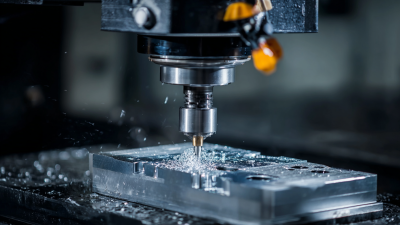
Crafting Excellence in CNC Machining for Global Manufacturing Solutions
-
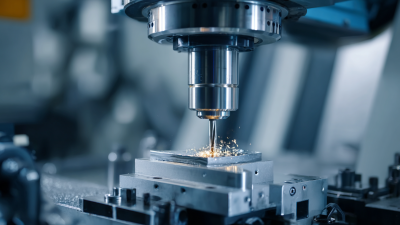
7 Best CNC Machine Innovations Transforming Manufacturing in 2023
-
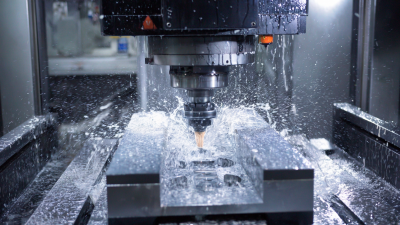
How to Optimize Efficiency with CNC Industrial Machines for Your Business
-
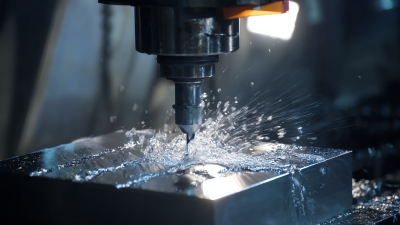
Unleashing Global Excellence in Manufacturing with the Best 3D CNC Machines from China
-
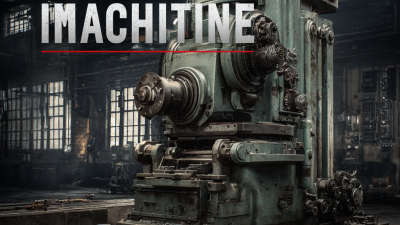
5 Unexpected Reasons Why You Need the Best Industrial Machine Today

